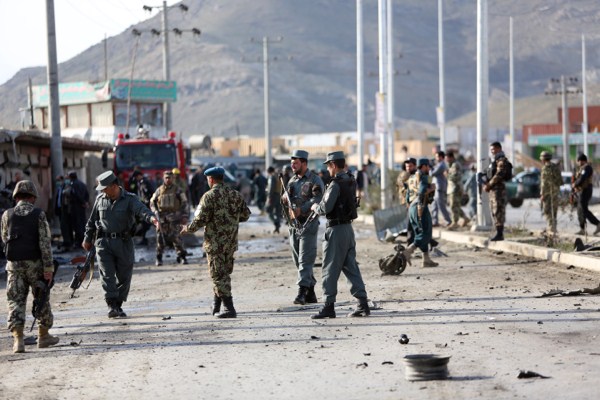Most days in March, pairs of young men mounted Honda 125 motorbikes to ride out of a mud-walled compound in the town of Muslimbagh, in Pakistan’s province of Baluchistan. Turbans wrapped around their faces to ward off the dust, they headed for the Afghan border, 50 miles away. These young men, recruits from the marginalized Pashtun communities of the borderlands, were riding off to be fighters for the Taliban. Most of their peers who have not taken up arms toil as casual laborers for the meagerest of pay. By joining a dilgai, or Taliban armed group, the young Pashtun men are entitled to a set of clothes and a pair of training shoes, a share of a motorcycle and a modicum of respect. In twos and threes, these motorcycles have been setting off from Muslimbagh and other muster points along the Afghan-Pakistani border in recent weeks, in the Taliban’s latest spring military mobilization, as melting snow opens another fighting season in the mountains.
With young men like this, the Taliban believe they can field a force of 65,000 militants to continue their long, bitter fight against the central government in Kabul. That recruitment drive is a far cry from much of the coverage of the Afghan conflict during the first quarter of 2015, which focused on prospects of a negotiated end to the war. Afghan and Pakistani officials hoped that Taliban diplomats in Qatar would come to the negotiating table. However, those hopes ignore how far removed Taliban diplomats in Doha are from the reality of these fighters on their motorbikes. Despite reports of peace talks, rather than send its diplomats to negotiate, the Taliban leadership sent its fighters back into battle. To understand why the Taliban leadership chose that path and how it sustains its war effort, it is better to focus on fighters like those recruits on their motorbikes than on diplomats abroad, since those young men remain essential to the Taliban’s ability and willingness to fight despite the pressure to talk.
Recent speculation about peace negotiations was driven by a bold strategic initiative that Afghan President Ashraf Ghani launched in late 2014. In a gambit, Ghani offered rapprochement with Pakistan, hoping that Pakistan’s security establishment would push the Taliban to negotiate. But the warming of ties between Kabul and Islamabad did not generate negotiations in time to pre-empt the Taliban’s annual spring offensive. Indeed, no meaningful political process or questioning of military strategy took place within the Taliban, despite the high hopes offered by Ghani. Instead, the Taliban leadership has been focused on sustaining its military campaign.

